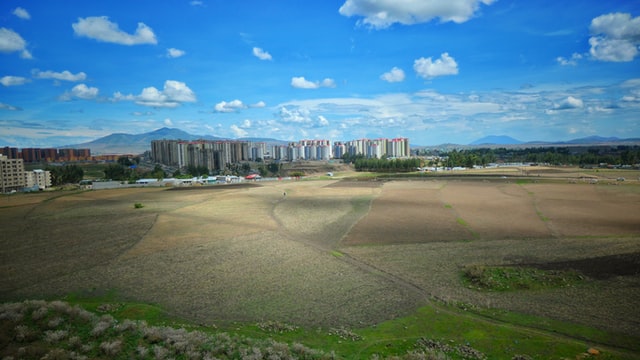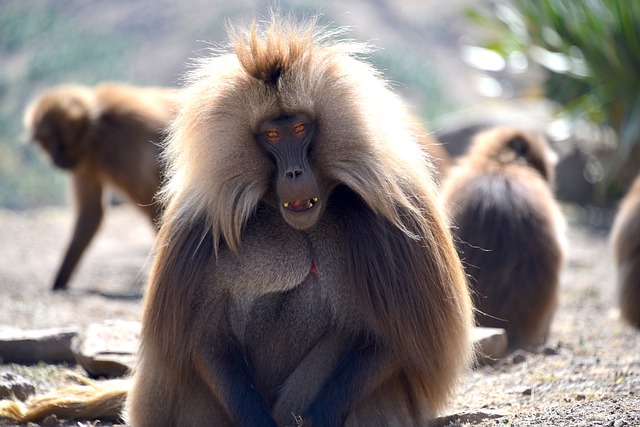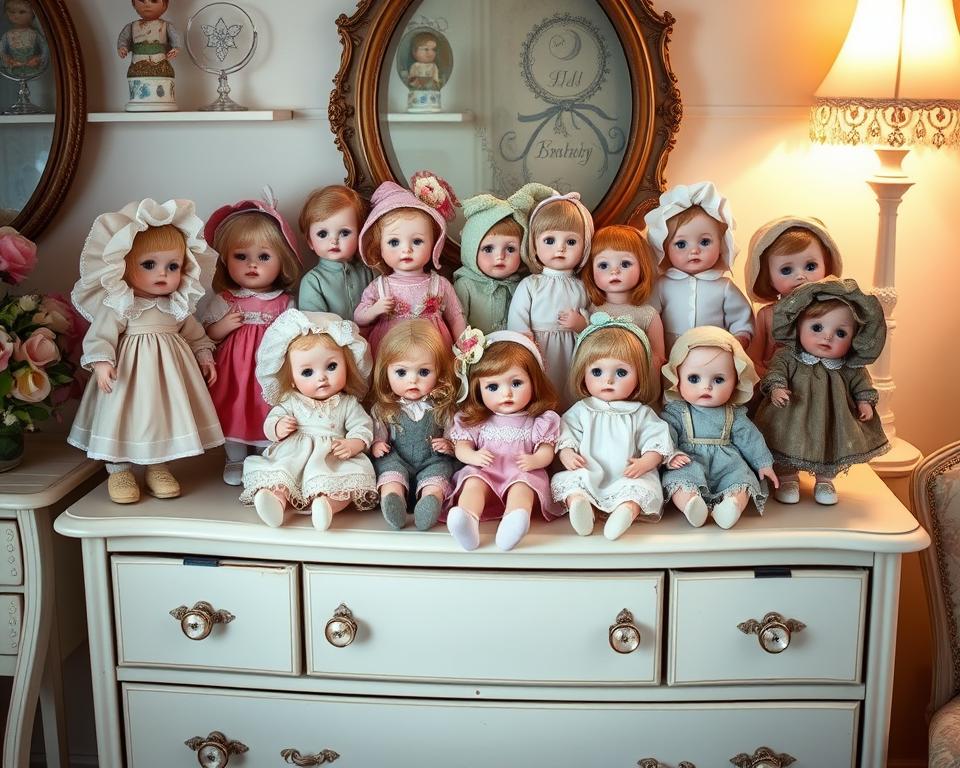The Markets
The second great thing about DD (the first is the French influence) is the markets. There are a lot of them. Things are suspiciously cheap. Let’s face it – a lot of stuff avoids the onerous import duties through side routes from the difficult to control border with Somaliland, over which items which ‘fell off the back of a boat’ find their way to DD and are sold at excellent prices
The markets in DD are very extensive considering the size of the city. There are big markets near the bridges over the main river (usually dry) in several spots. As well there is Taiwan and Little Taiwan, markets named for the overwhelmingly Asian origin of the goods. Both are in the Aley Beri section of town, a Somali name reflecting the strong Somali history in the town (the surrounding countryside is Somali), although they are now competed with in DD by Amhara, Oromo, and Gurage influence. Taiwan is a more formal market, where traders likely have licenses, and all those other pesky formalities. Apart from grain and other necessities, this market also has a large supply of chat, it seems as least equally necessary for many people.

Little Taiwan is a warren of shops down narrow laneways, divided by eucalyptus poles and covered by corrugated metal. Each little hole in the wall shop has its’ own specialty – often duplicated by a dozen other shops down the same narrow passage – whether it be cloth or perfume or audio equipment. Shopkeepers react with everything from aggressive exuberance to studied indifference to the ferengi passer by. I usually find one or two things I like to buy.
The Dairy Farm and Zoo
Not far beyond the market is the ‘Dairy Farm and Zoo’, a private establishment which encourages visitors, although seems to attract very few. The dairy cows are nice and fat – a cross between imported Jerseys and a smaller local brown version – with the 100 or so herd an apparently successful attempt to create a hardier version of the former and a more productive version of the latter.
I love zoos, so I have a hard time being too critical about the admittedly pathetic and troubling little collection of caged animals at the farm. Vervet monkeys, mongeese, raccoon-like animals called tirin in Amharic, baboons, and a hyena were all kept in tiny cages, where they were regularly tortured by boys who walked past. The baboons were the most entertaining, with a large red-butted male who freaked out entertainingly whenever a visitor tried to shake hands with his harem of females. I was told there had also been a fox and cheetah, which were now dead, not surprisingly given the size and condition of the cages.

Despite the depressing zoo, the farm as a whole was quite nice, with a thick foliage crowded with thousands of busy weaver birds. There is an elaborate villa, from which you can be served milk or papaya juice (this is a Muslim area after all), while you gaze at the garden rich in a variety of fruit and decorative trees.
Old Imperial Palace, Dire Dawa
As I sipped my thick and mucousy papaya juice, I cross examined my friend and colleague Mohammed about his obvious fondness for DD. Mohammed told me how his father had come to DD as a small boy truck assistant, then eventually truck driver. He married in DD, where Mohammed’s mother died and brother died. Mohammed left DD in 1976 just before the war between Ethiopia and Somalia, at a time when students were being rounded up and butchered by the Derg regime. Mohammed retreated across the border to Hargeisa during the war, in which Somalia surrounded Harar and drove on to Dire Dawa before being driven back by Ethiopian troops and Soviet armaments. Despite this checkered history, Mohammed retained a great fondness for Dire Dawa, as well as a large number of friends, and returned as often as he could.
On one of my most recent visits to DD I had the opportunity to fly by helicopter from the airport (which is quite nice and modern by the way) and had an overview of the town. For a place with a reputation as a planned town, it looks remarkably like a jumble of streets. It disappears very quickly – smaller than I had thought – with a final view of the bunkers on top of the hills around the town from where the Somalian army was stopped.
The Rock Paintings of Lega Oda
If you haven’t heard of the cave paintings near Dire Dawa, don’t feel bad, most people in DD itself don’t know about it. I was told, although I’m not sure whether to believe it, that there have only been a handful of foreigners who have made the trek, following an archaeological expedition that documented the site in the early 1970’s. Fortunately the site was sufficiently impressive to make it to the large map at the front entrance of the National Museum, which marks the 19 most significant sites in Ethiopia. After seeing Lega Oda on the map, I was determined to visit the site, although it proved so elusive it took me about 18 months to get it organized.
Rock Painting, Lega Oda
I eventually had to go to the Tourism Bureau in Dire Dawa – a last resort for me because I like to go to these places on my own and I can usually get directions from local contacts. Fortunately Teshome Sileshi at the Tourism Bureau was extremely helpful and we soon had a tour organized.
It is only 37 km from Dire Dawa to Lega Oda – the first 10 on the excellent road to Harar. There is then a turn to the right on a good gravel road which is under construction, and gradually deteriorates to a rough and slow track. The views along the way are excellent, starting with lowland hilly scrub, then shifting to lush crops and trees, including bananas and surprisingly the odd palm tree, with valleys regularly sloping off picturesquely. This helps to make the rough trip more bearable – it takes almost 1 and ½ hours to cover the 37 kms.
In the final approach to Lega Oda you descend again, and get out at the end of the road (by this time only a path with an ego). There is a nice spring with an irrigation system built up. To get to the cave, you walk for about 20 minutes, up a steep path, across some fields, then across a steep slope with a lot of thorn bushes to get through. You have to be nimble to make it, but it is worth the trouble.
The attraction of the cave is the 2500 year old paintings. As you enter the edge of the cave, the paintings are immediately visible. The cave is about 6-7 meters high, and at its deepest about 5 meters in. There is no need for a flashlight, it is essentially a deep gouge in a cliff face.
The first paintings are small grey black animals in a little grotto. There is an elephant, a type of buck, and something that is too worn to be recognized. Further on there are the paintings which the cave is famous for, clusters of reddish brown animals – bucks, and perhaps a goat, and definitely a horse. The best and most renowned of the paintings are the two large outlines of cows. They have extremely large bodies, but essentially no head, only a big neck with long horns topping it.
No one knows who made the paintings. Our local guide told us that they were over 1000 years old and he didn’t know who made them. I like to think that there may be some link with the 3000 year old Shabe rock carvings at Dilla, south of Awassa, several hundred kilometers away. Both of them depict the cows with long horns and no head – although they aren’t exactly the same.

The Word on Dire Dawa
What is the final word on DD? It is a good place to visit, especially if you like heat. It still seems quite safe these days. I eavesdropped on a group of young Ethiopians chatting away in the Ras Hotel bar, and although they were a bit self conscious they gave off a nice cosmopolitan air. They spoke good English, with a mix of French, Italian, Amharic and Oromo which was nice to hear. I surrender. DD is a nice place! I hope my critics from a couple of years ago read this.





